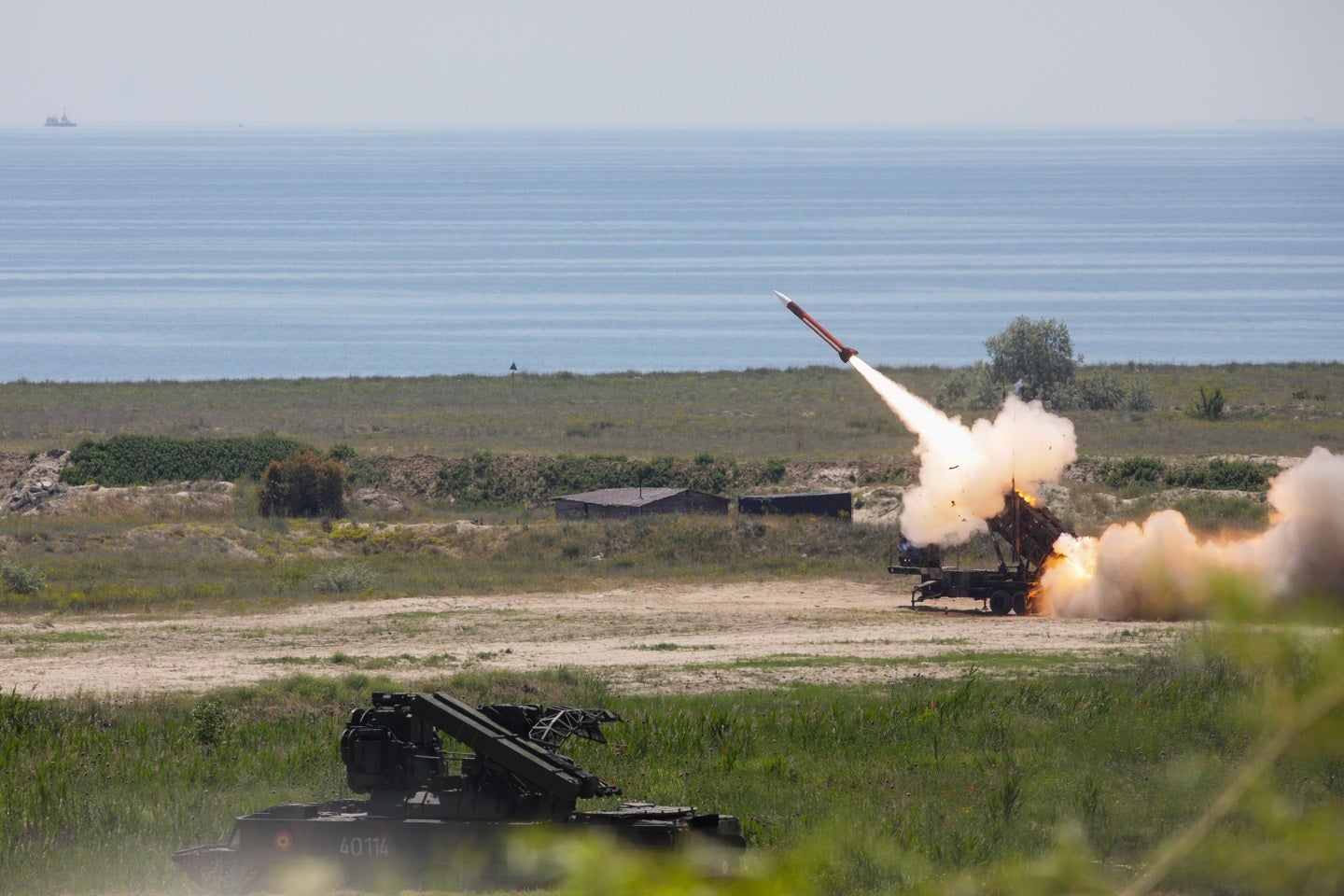
In a year of strategic manoeuvring and technological advancements, the aerospace, defence, and security sector has witnessed unprecedented and historic deals, from domestic production dominance to war-influenced procurement.
In 2023, these deals helped shape the aerospace, defence, and security landscape. These contracts exemplify the nation’s commitment to safeguarding its interests in an ever-evolving geopolitical climate, in which this year has seen the Ukraine-Russia war rage on and for a fresh war to break out in the Middle East.
The strategic foresight displayed in these deals fortifies national security and sets the stage for collaborative efforts in addressing global challenges.
Number 5: US Navy’s Trident II programme
In maritime security, Lockheed Martin and the Charles Stark Draper Laboratory joined forces in a $4.4bn deal, fortifying the Trident II strategic weapon system for the US and UK Navies. This contract represents a paradigm shift, focusing on the Trident II D5LE missile.
While overshadowed by larger contracts in the army and air force domains worldwide, this deal stands out as one of the largest in the naval sector, reaffirming the role of maritime defence in global security.
Number 4: Canada and US join forces with 88 F-35A jets
As North America aims for aerial superiority, Canada and the US solidify their alliance in an agreement, paving the way for procuring 88 F-35A Lightning II fighter aircraft. Valued at $14.2bn, Lockheed Martin, the prime contractor, gears up for deliveries starting in 2026.
This deal shows Canada’s commitment to enhancing its air force capabilities, replacing the ageing CF-18 Hornet aircraft. Beyond the numbers, the contract encompasses a training programme and sustainment solution, ensuring operational excellence for the Royal Canadian Air Force.
In a broader context, this deal reflects the collaborative efforts of North American nations to maintain air superiority and readiness in an era of evolving threats.
Number 3: Poland’s air defence fortified with $15bn Patriot deal
In the heart of Europe, Poland emerges as a key player in air defence. The US State Department approved a $15bn deal for 48 Patriot M930 launch stations and 644 PAC 3 missile positions in Poland with one of the continent’s most comprehensive air defence systems.
This strategic move came from Poland’s recent purchases, including the Common Anti-Air Modular Missile (CAMM) and PILICA+ air defence batteries. As geopolitical tensions rise in Eastern Europe, this deal enhances Poland’s defence capabilities and solidifies its position as an ally in the collective security framework of NATO.
Modernising air defence systems during the Ukraine conflict underscores the urgency and collaborative nature of such initiatives within the European Sky Shield Initiative.
Number 2: India’s $26.8bn defence boost – A leap toward self-reliance
In the expanse of the Indian subcontinent, a transformation unfolded as India earmarked $26.8bn for defence acquisitions across land, air, and sea domains. The Defence Acquisition Council’s approval of this Area of Necessity (AoN) signalled a leap toward self-reliance, with 98% of the spending sourced domestically.
This move aligns with India’s ‘Make in India’ initiative, fortifying its defence capabilities and fostering indigenous production. The AoN encompasses a spectrum of acquisitions, from anti-tank munitions to Towed Gun Systems, reflecting a holistic approach to modernising the Indian defence apparatus.
Beyond the financial magnitude, this investment empowered domestic industries and propelled India into a new era of defence self-sufficiency.
Number 1: Lockheed Martin secures $30bn F-35 contract
In the skies above, Lockheed Martin remained a major player with a $30bn contract for producing and delivering 398 F-35 fighter aircraft. Awarded by the Pentagon’s F-35 Joint Programme Office, this deal covers Lots 15 and 16, with an additional option for Lot 17.
Beyond the numbers, this contract introduces modernised hardware, known as Technical Refresh-3 (TR-3), enhancing the F-35’s capabilities with an integrated core processor and advanced computing power. The F-35 fighter jet is a multi-mission, fifth-generation weapon system.
This contract reaffirms Lockheed Martin’s position as a global aerospace leader and underscores the F-35’s important role in maintaining international security. Its interoperability strengthens alliances across land, sea, air, and cyber domains, cementing its status as an asset for military forces worldwide.



